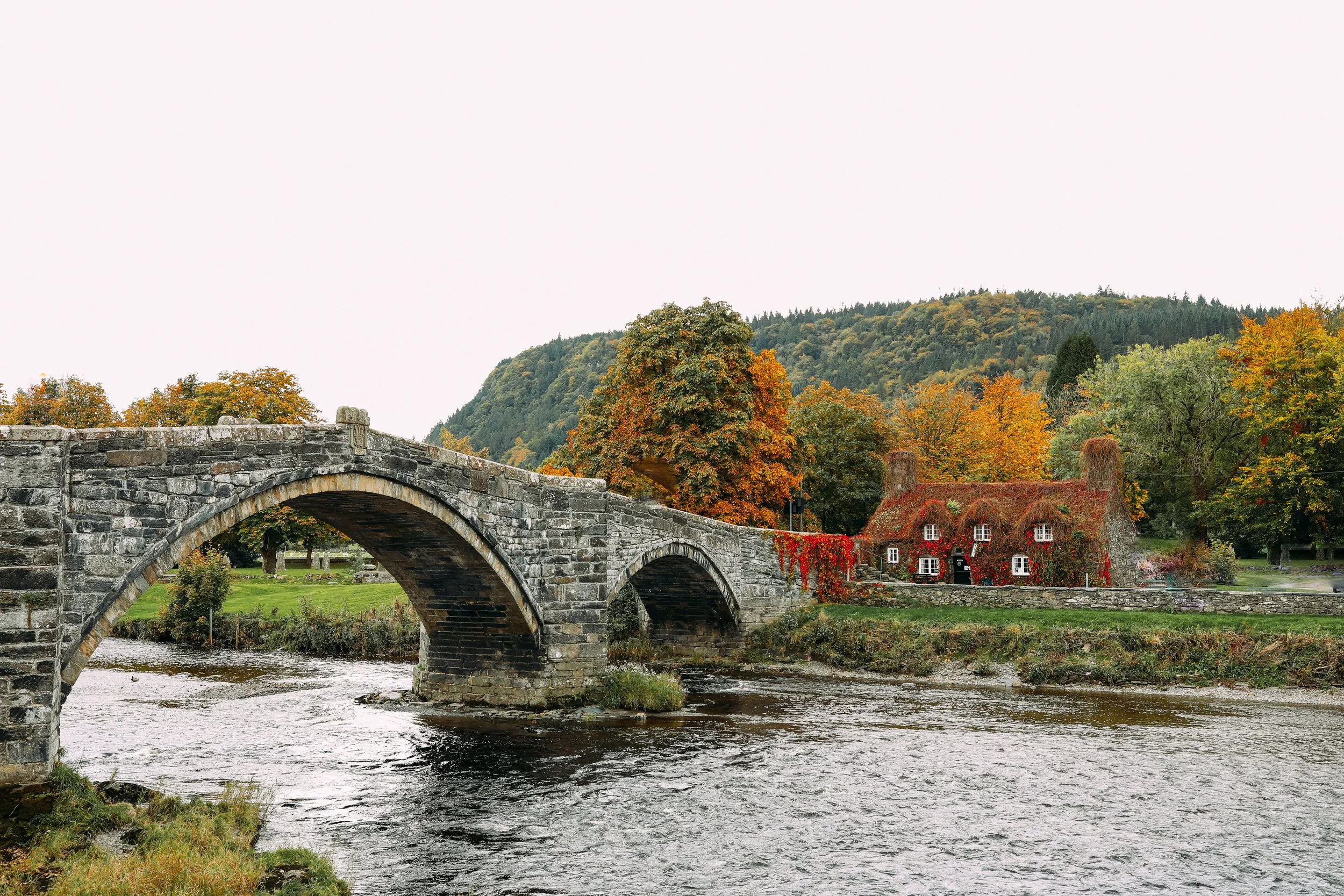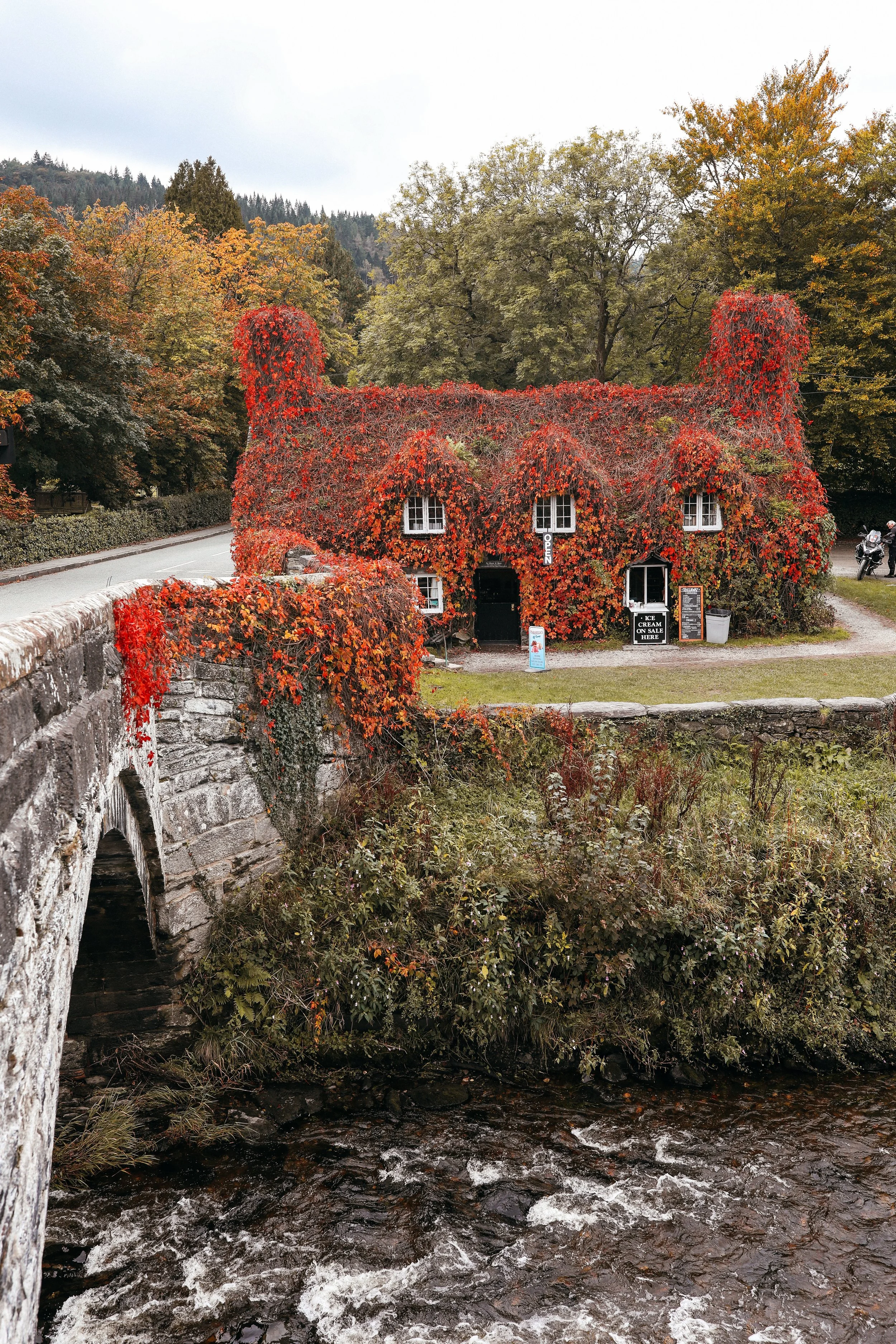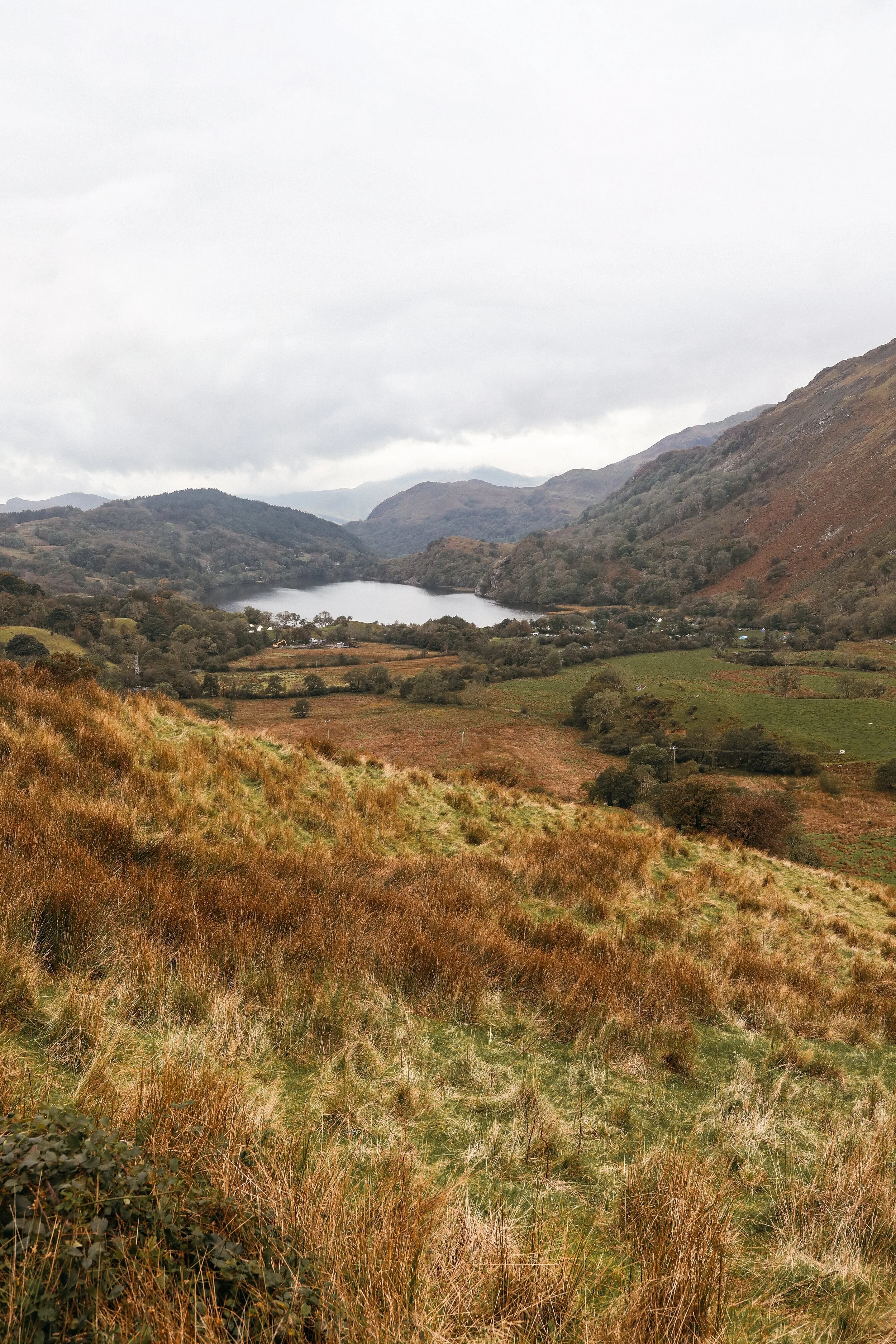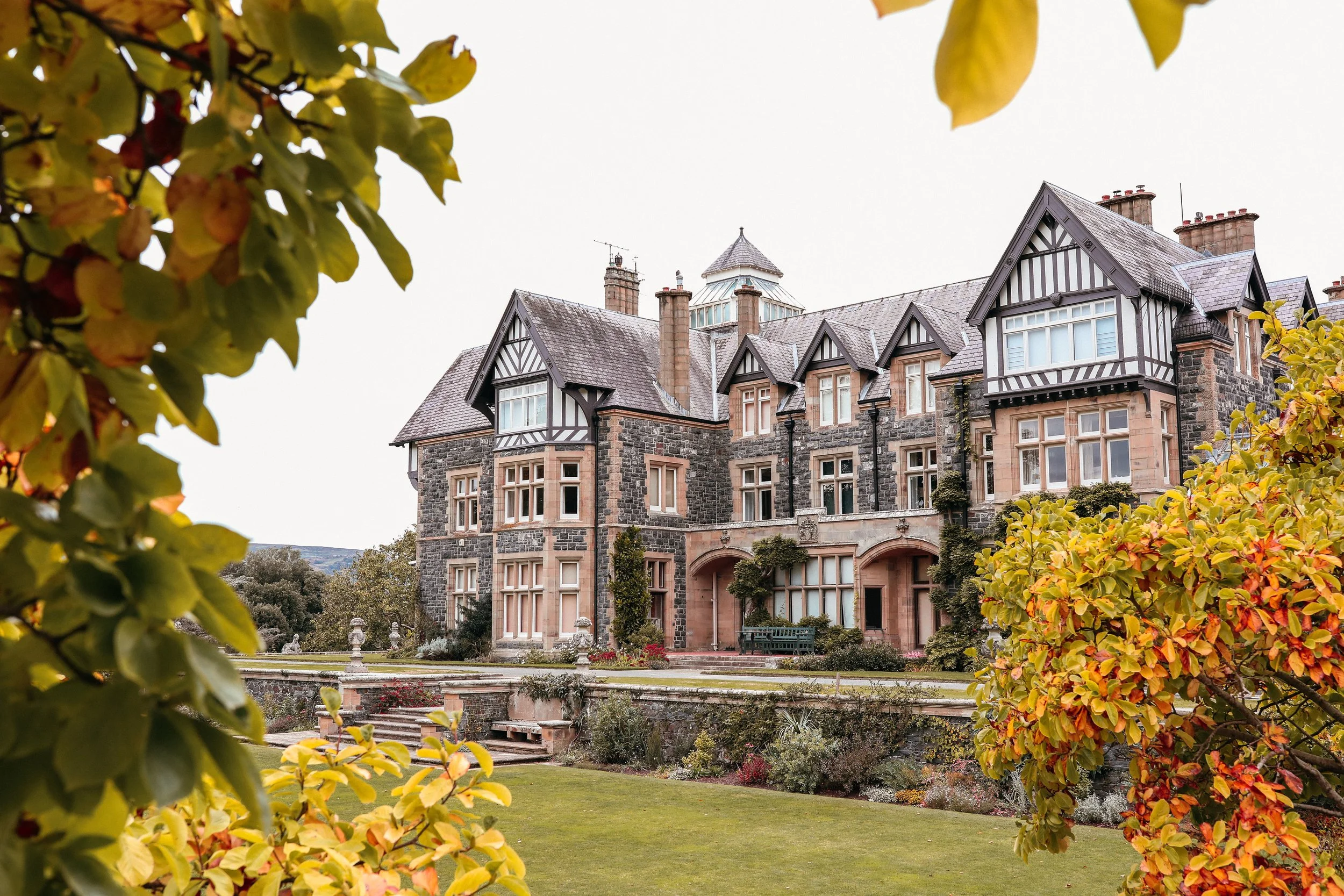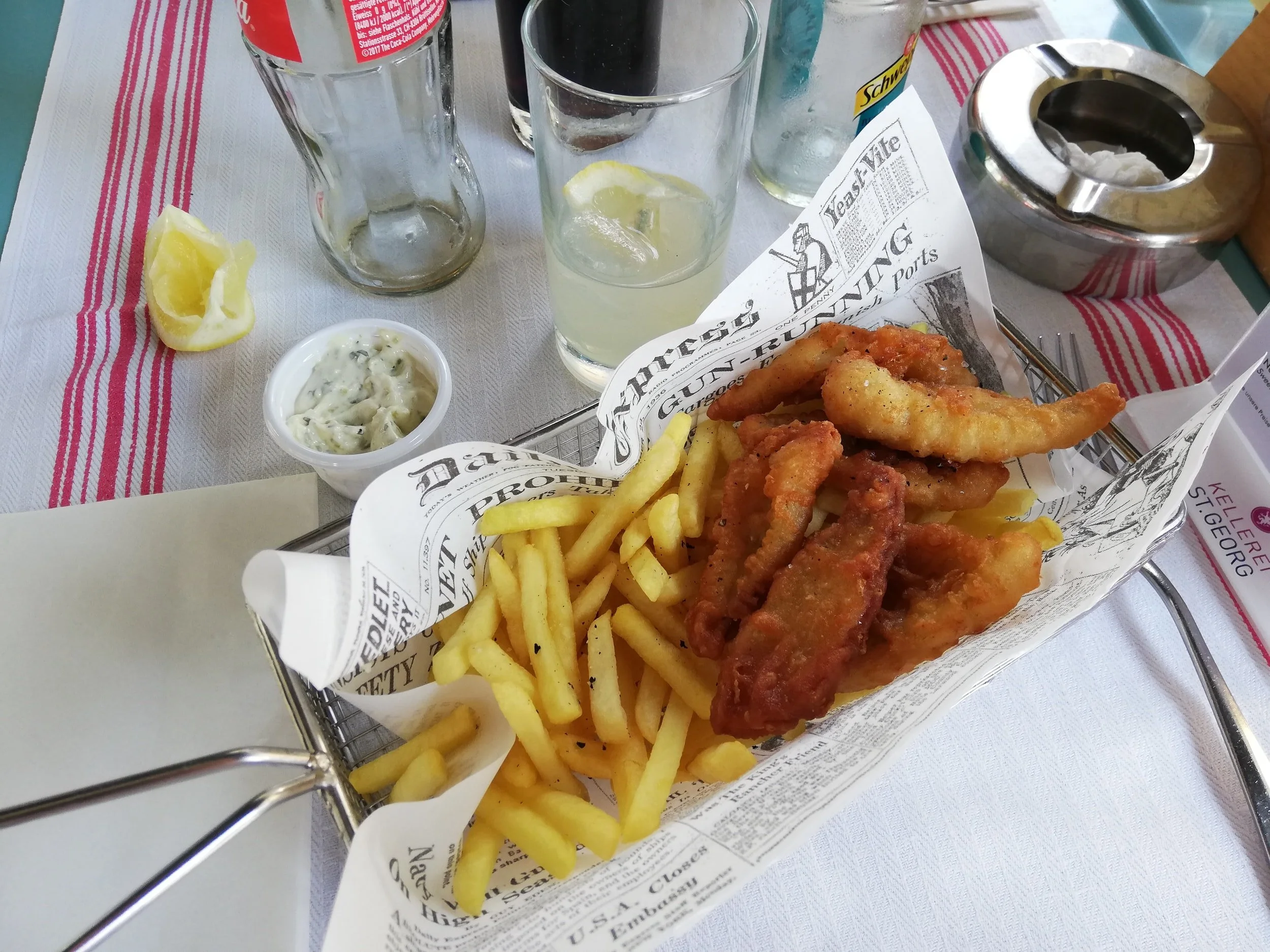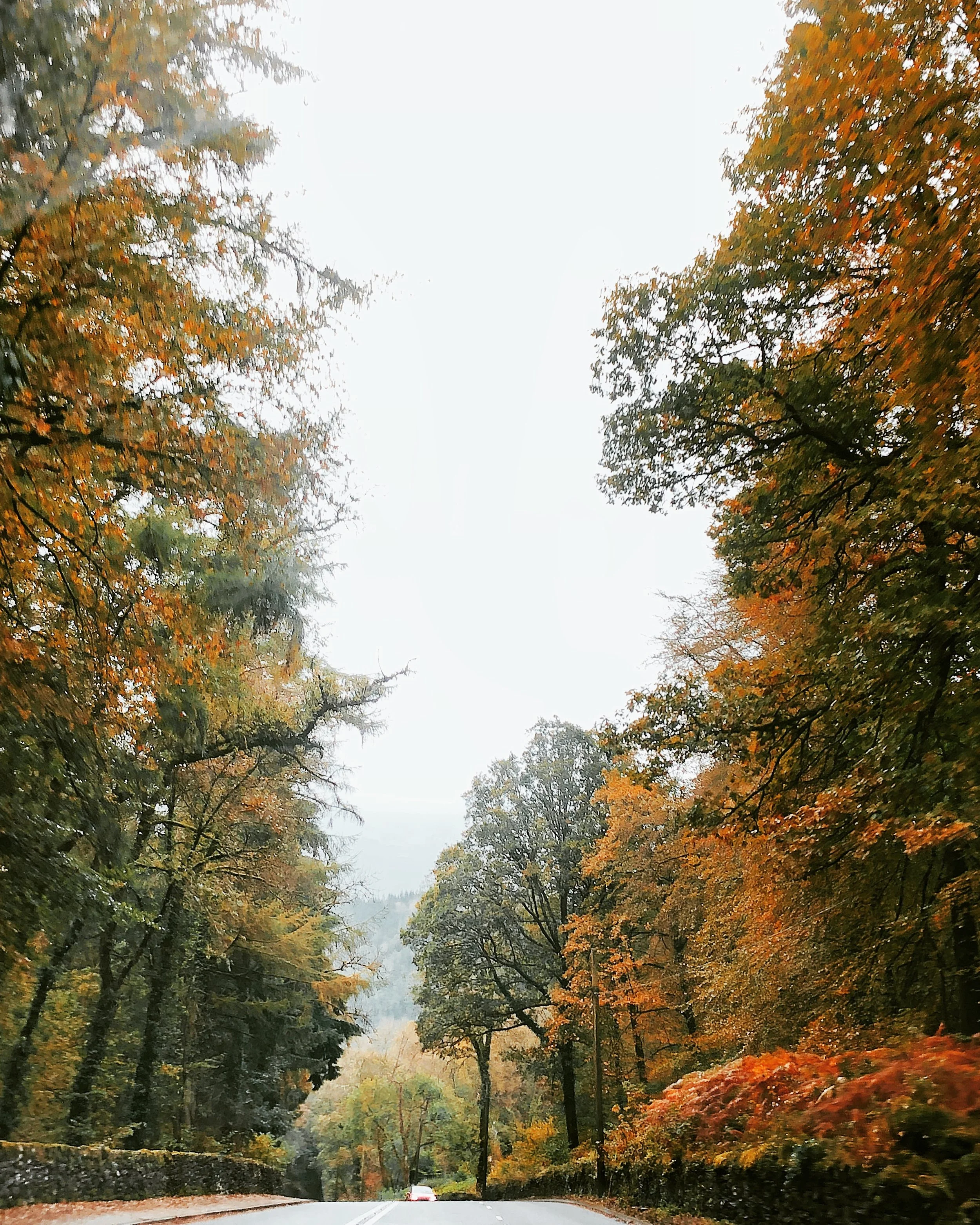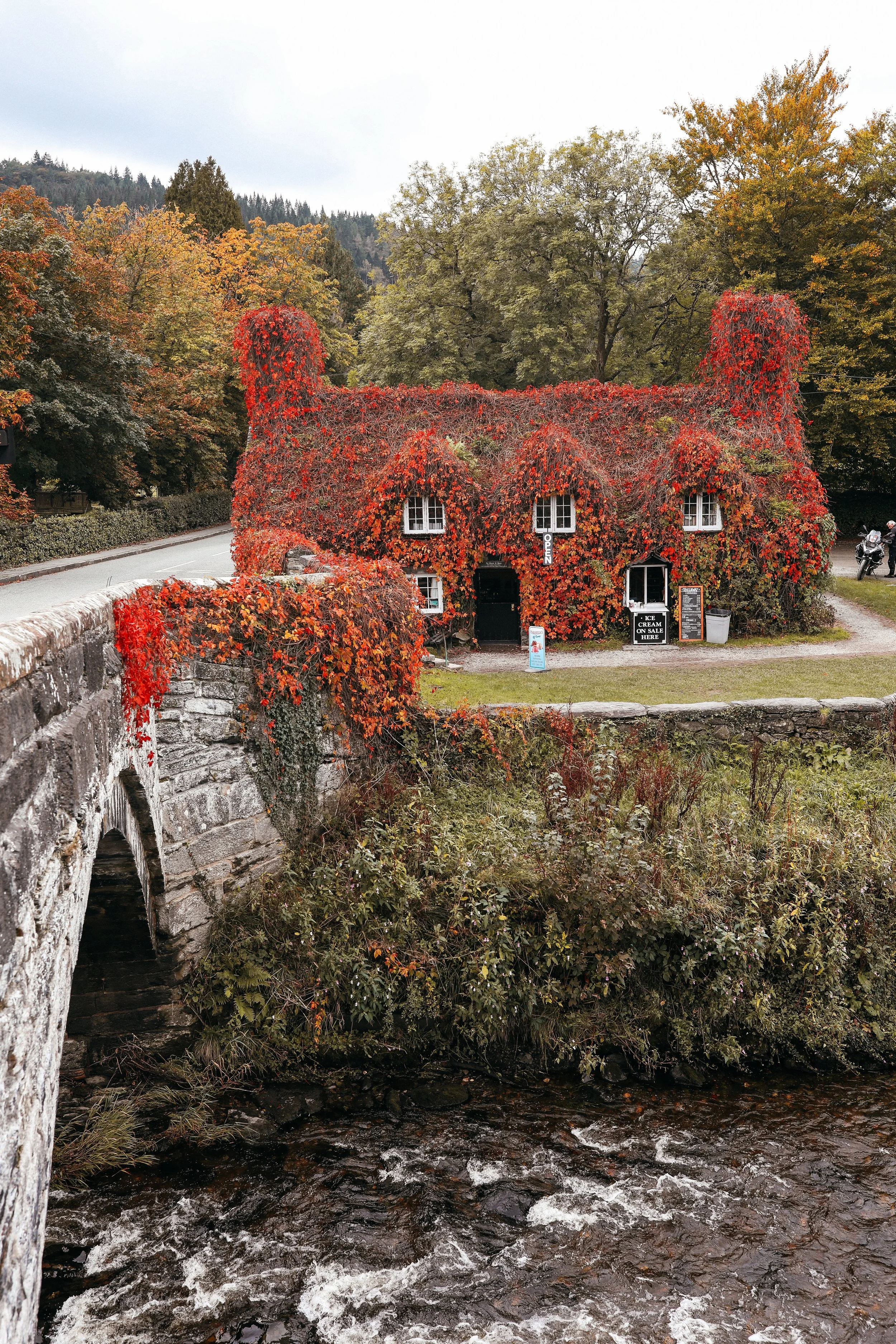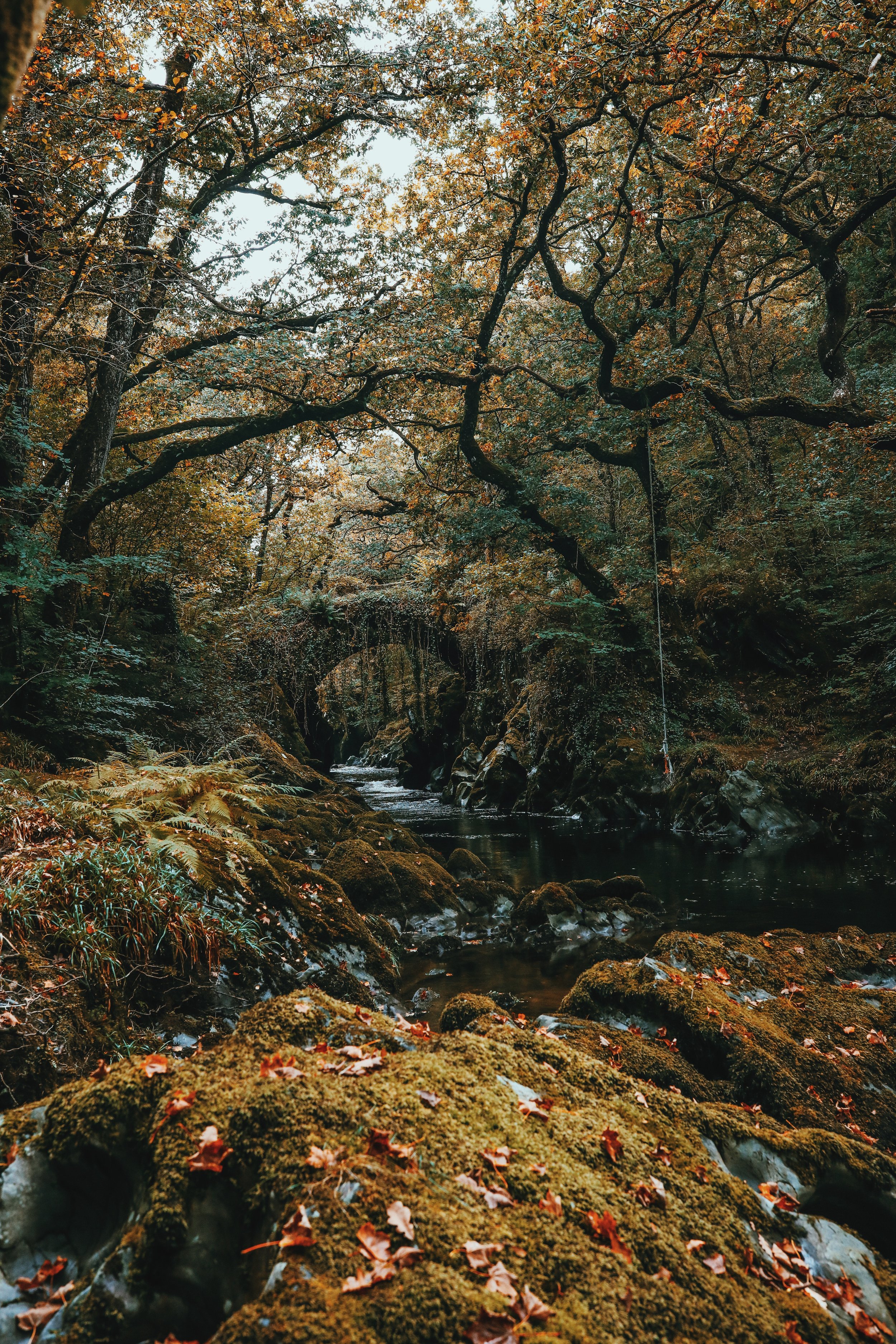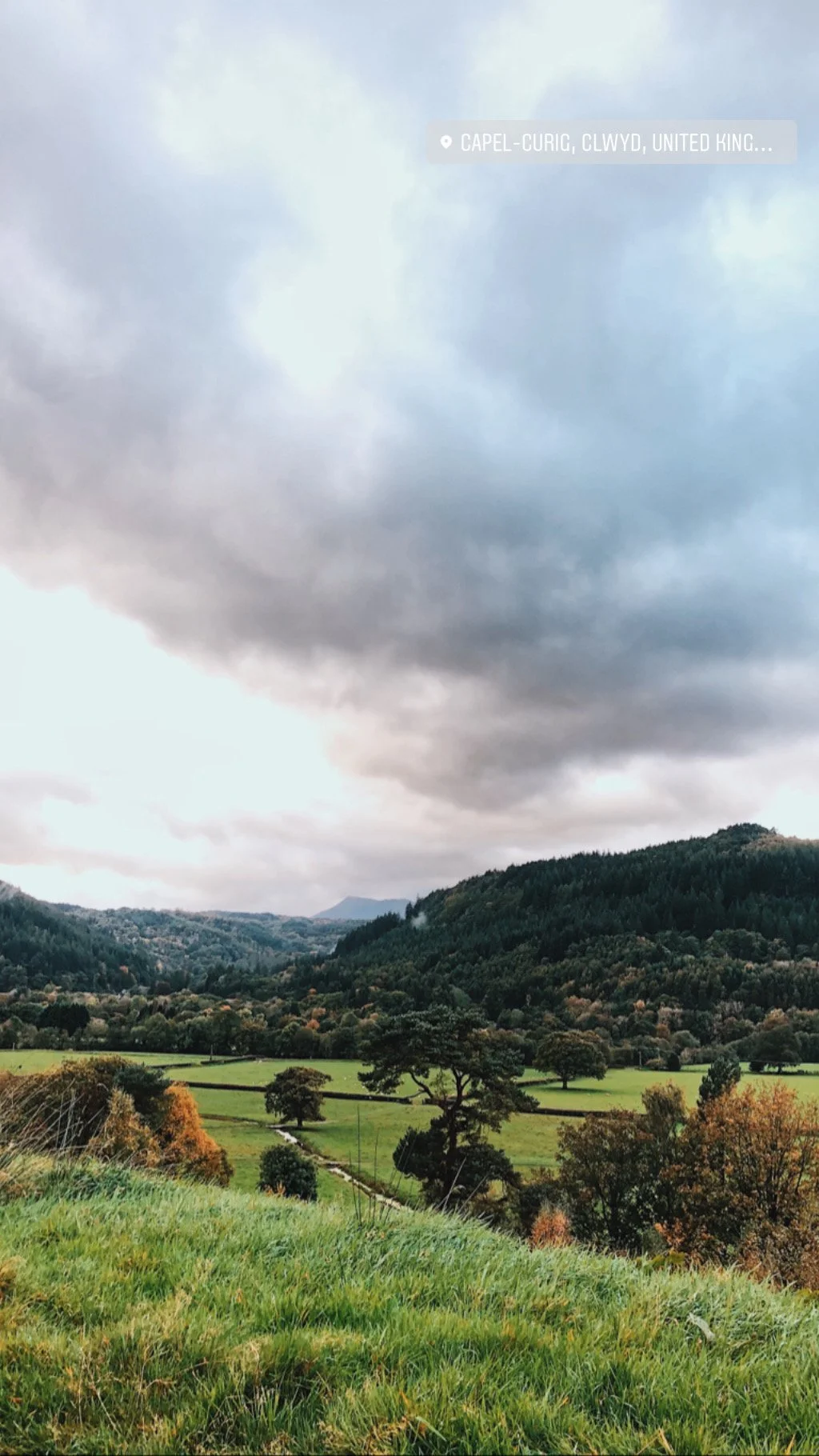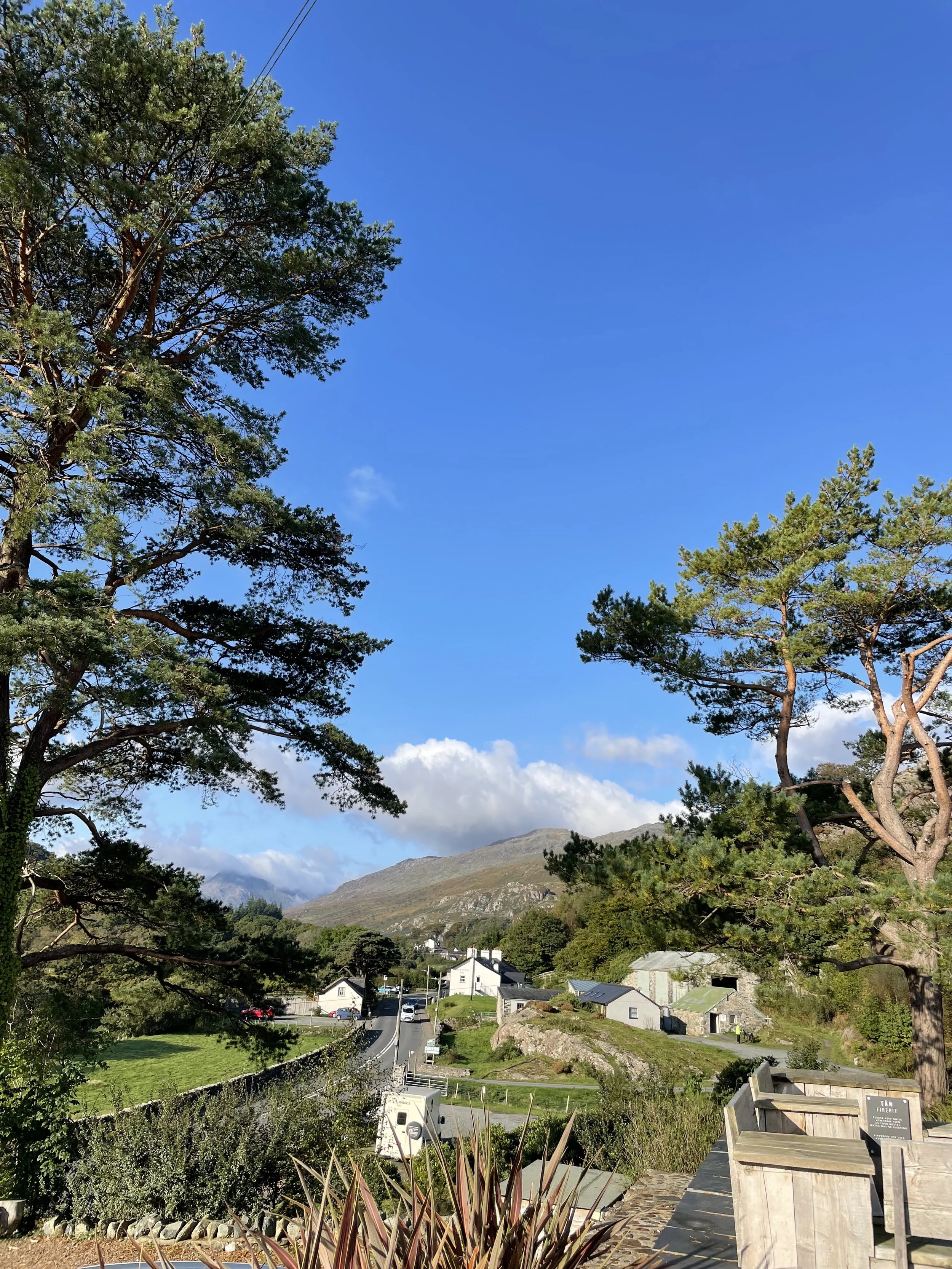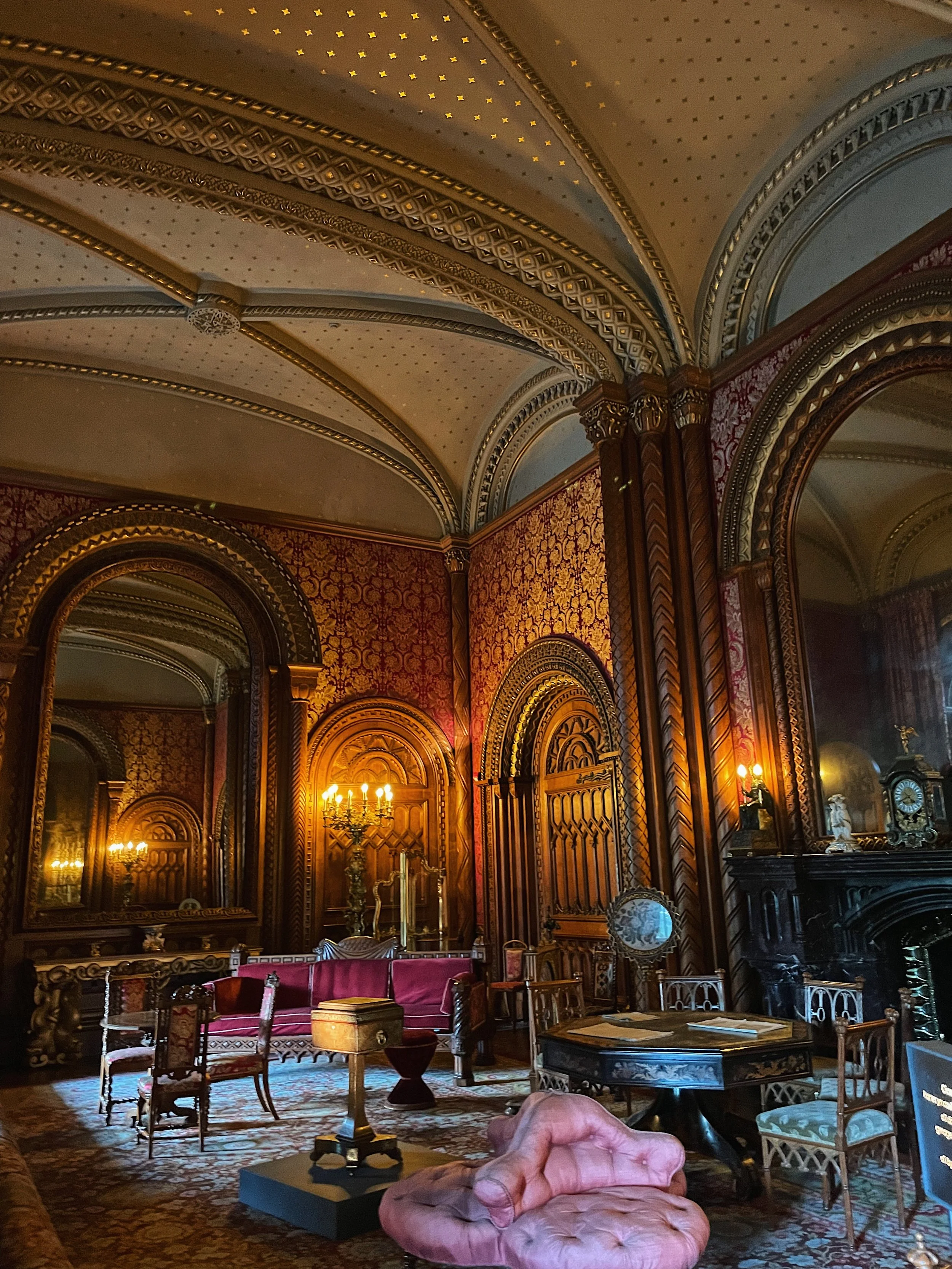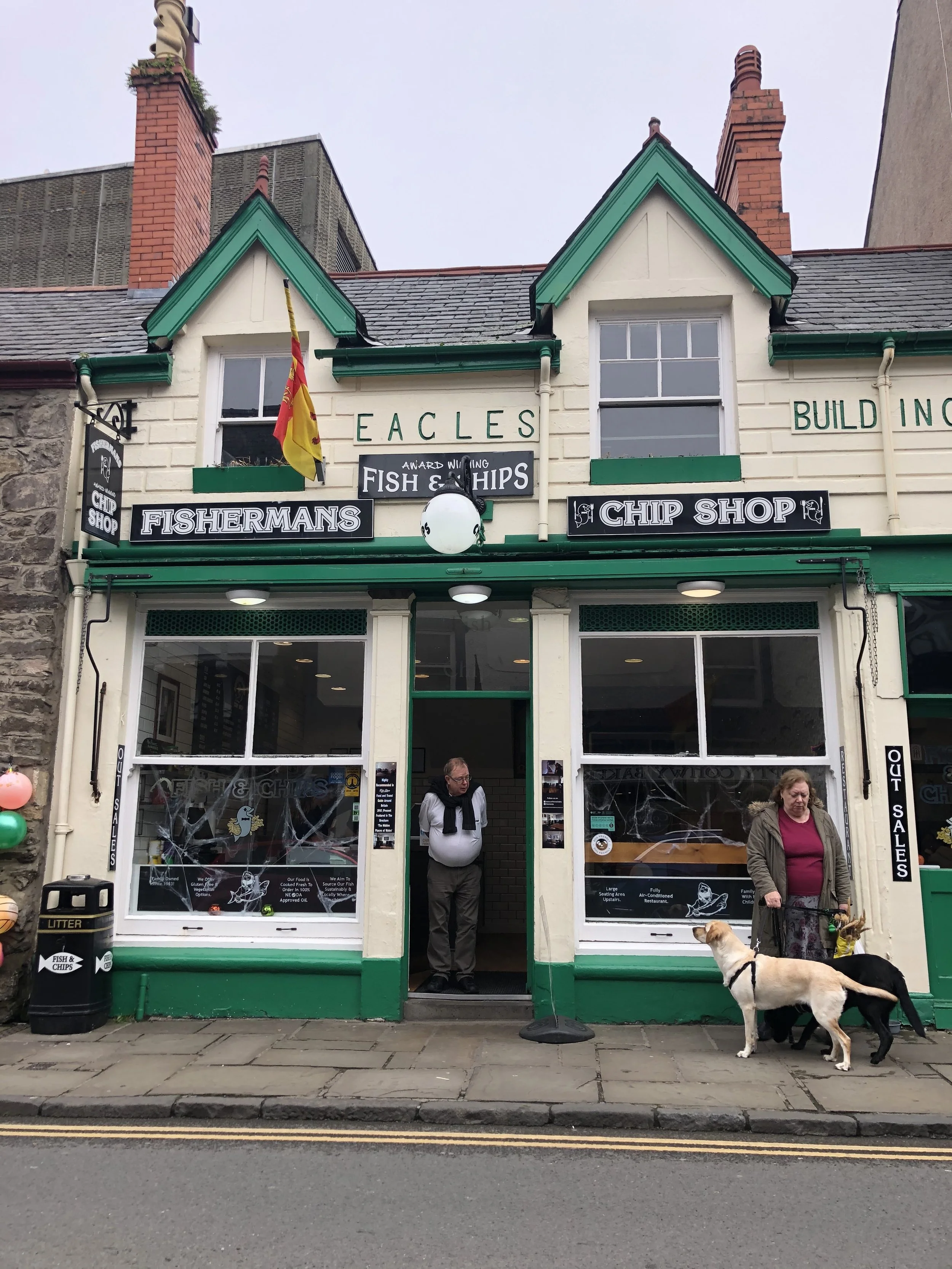I first visited the area in 2006 while leading a tour of American high school students. We were travel from Dublin, Ireland across Wales through Northern England and finishing in Scotland. We had a brief night in Wales. What I can tell you is from the first moment I saw the sheep dotting the hillside along the coast.. driving through Snowdonia and landing in Conwy Valley - I was utterly captivated. Because I had zero expectations, I was easily impressed by my new discovery that is Northern Wales. I can tell you, all these years later, I continue to be impressed. That first trip left an indelible mark. It has pulled at my heart strings ever since. The joy to be able to share this with my family isn’t lost of me.
North Wales is a rugged and gorgeous region of the UK. Only now are more people discovering for themselves what a truly stunning area this is. Castles and ruins dotted along the towns and inlets are a reminder of its historic past and how the English struggled to subdue the fiercely patriotic Welsh people. Inland, you’ll discover dense forests and gorgeous waterfalls. Snowdonia will leave you speechless. The coastline will woo you to return over and over again.
Castles, Castles, and More Castles
Caernarfon Castle was constructed in the 13th century and is one of the most significant medieval buildings in the world. At the time, the construction of the castle cost more than 90% of the country’s annual income! The building took nearly 50 years to complete. Today tourists can visit this incredible landmark and explore its impressive interior for a £9 entry fee. Located at the estuary of the River Seiont it’s hard to miss this beautiful building.
You can still see a lot of the castle’s original construction and get a glimpse of what life here used to look like. As one of Wales’ most famous landmarks, this castle is definitely one of the best places to visit in North Wales. Especially if you’re interested in Welsh history. Penrhyn,
Harlech Castle When it was first built in 1283, one of four royal castles built by Edward the First, the sea came up to the foot of the rocks below Harlech Castle. With a background of the hills of Snowdonia, Harlech Castle still stands on a rocky crag looking out towards Ceredigion Bay, but the sea has now receded. One of four castles that have been designated as a World Heritage Site, Harlech Castle is an interesting day out. Cross over the floating footbridge into the castle and explore the double-walled interior.
Hello, World!
Throughout the castle, there are boards explaining the history and the construction of the castle. As you climb up through the towers, you see slivers of the surrounding area through the windows and arrow slits. On the ramparts, you get to enjoy the spectacular 360-degree view.
Conwy Castle Conwy Castle is a gritty, dark-stoned fortress that has the rare ability to evoke an authentic medieval atmosphere. The first time that visitors catch sight of the castle, commanding a rock above the Conwy Estuary and demanding as much attention as the dramatic Snowdonia skyline behind it, they know they are in the presence of a historic site that still casts a powerful spell. Conwy, constructed by the English monarch Edward I between 1283 and 1289 as one of the key fortresses in his ‘iron ring’ of castles to contain the Welsh, was built to prompt such a humbling reaction. A distinguished historian wrote of Conwy, ‘Taken as a whole, Conwy’s incomparably the most magnificent of Edward I’s Welsh fortresses. In comparison to other great Edwardian castles, it is also relatively straightforward in design, a reflection of the inherent strength of its robust site.
There are no concentric ‘walls within walls’ here because they were not needed. Conwy’s massive military strength springs from the rock on which it stands and seems to grow naturally. Soaring curtain walls and eight huge round towers give the castle (the walls form part of the UNESCO world heritage site administered by Cadw) an intimidating presence undimmed by the passage of time.
The views from the battlements are breathtaking looking out across mountains and sea and down to the roofless shell of the castle’s 125ft Great Hall. It is from these battlements that visitors can best appreciate Conwy’s other great glory, its ring of town walls. Conwy is the classic walled town. Its circuit of walls, over three-quarters of a mile long and guarded by no less than 22 towers, is one of the finest in the World. Access by road to Conwy on the A55 and B510, Conwy railway station is next to the castle.
Penrhyn Castle A 19th-century fantasy castle with industrial and colonial foundations. The dominating stone façade of Penrhyn Castle hides more than just its internal red-brick construction.
The unique architecture, opulent interiors, and fine art collection sit alongside a history of sugar and slate fortunes, of social unrest, and the longest-running industrial dispute in British history. Discover Penrhyn’s history, its vast rooms, neo-Norman stairways, and Victorian kitchens. Also, enjoy wandering the extensive parklands and gardens.
Cream Tea in Ivy Covered Tea Houses
Tu Hwnt i’r Bont Built as a residential dwelling in 1480, Tu Hwnt i’r Bont (Beyond the Bridge) is actually considerably older than the Inigo Jones bridge it stands beside. Some years later the building was used as the Courthouse for the surrounding area. From here the most serious offenders could have been taken to Tan y Craig in Llanrwst where they could be hanged outside the old jail! Over the centuries Tu Hwnt i’r Bont has fallen into disrepair several times and been rebuilt and restored through the generosity of the townsfolk. During the last century, Tu Hwnt i’r Bont was acquired by the National Trust has since leased the building for over 50 years. The decision made by the original leaseholder, over half a century ago, to turn Tu Hwnt i’r Bont into a traditional Welsh Tea Rooms has proved to be a success. To this day the recipe for the scones remains true and continues to be a well-kept secret!
Ty Hyll The Ugly House a sister site to Tu Hwnt i’r Bont, this location is tucked away in the forest near the Fairy Glen. Usually not as crowded but just as good as their more famous location.
The Jester’s Tower Recently opened coffee and tea house in one of Conwy’s walled towers, this small space has a wonderful secret- the views! You wouldn’t know it but entering the small space, you can enjoy a cuppa with fresh cakes or scones while enjoying the boats on the water. It is also owned by one of the last remaining court jesters in Wales hence the name. Be sure to go downstairs to check out their little curiosity cabinets.
This national park will leave you in constant awe with expansive views and stunning landscapes. No matter if it’s bright and sunny or dramatic with clouds and fog. It will take your breath away. Snowdonia is Wales' largest national park with plenty of places for hiking and hill-walking. There are many routes to choose from, but one of my favorites is the hike up Cader Idris. This is a fairly easy day hike that departs from near the cute town of Dolgellau at the beginning of the Mawddach river estuary. I also love driving through the passes and pulling off for photographs.
Zip World
I discovered this wonderful experience on our first visit. Since then, we’ve made this part of our annual trip. Each year, we try a different ropes course or activity. Zip World has four locations and there truly is something for everyone no matter the age.
Fairy Glen
The name - Fairy Glen - alone evokes the romantic imagination. Located near Betws-y-Coed, the glen is easy to access but with a small car park. Located on private land, you must pay a small fee - cash - to enter through the gate and wander the path towards the river. There is CCTV making sure you pay otherwise you’ll get a talking-to from a Welsh farmer. Note that the walk down to the river is steep and can be very muddy. Be prepared. Once down, you’ll take in the magical sight and wait for the fairies to emerge.
Penmachno Roman Bridge
When I first learned about this bridge a few years ago, it became of high priority to visit the next time we were in Snowdonia. That dream came true when finally, on a mild autumnal afternoon, my family and I wandered through the village of Penmachno to see if we could find the bridge. Thanks to a local, he pointed us towards a small opening in the wood that would lead us down to the river for a stunning view. Through bramble and mud, we eventually found our way to the riverbank. That view vista looking back towards the bridge silenced us in quiet reverence. Surely we had stepped out of our real life and into a storybook. The kids skipped stones across the pristine waters unmoved by the bridge. Most definitely a moment to remember.
Though this is referred to as the Roman Bridge, in fact, the packhorse bridge itself dates to the middle ages. Most likely from the 15th century. The stone bridge connects an ancient roman road that was once part of the Cistercian Way. The village was once of importance to the early Christian movement. Later it was home to a woolen mill. Now, it is a sleepy village tucked away off the Conwy River.
Heritage Steam Train
The picturesque seaside town of Porthmadog is the historic center of two of North Wales’ stunning heritage railways. Almost 200 years old, The Ffestiniog Railway is the world’s oldest narrow-gauge railway, connecting Porthmadog harbor with the slate-quarrying town of Blaenau Ffestiniog. Then there’s the Welsh Highland Railway, the UK’s longest heritage railway, running for 25 miles between Caernarfon and Porthmadog. Along the way, the railway passes through some of Snowdonia’s most spectacular scenery.
Porthmadog on its own is one of the best places to visit in North Wales, with its pretty harbor and rich history. But the two heritage railways mean you can create some amazing day trips as well, making the town an ideal base for exploring the area.
What is Welsh Rarebit?
This traditional Welsh dish is perhaps the most famous Welsh dish of them all and one which, along with Irish Stew and Scottish Haggis, traveled the world over. There is much debate as to where the name derives from. Some say it comes simply from ”˜rare’ (lightly cooked) and ”˜bit’ (small portion) others believe it derives from the traditional Welshman’s inability to catch a rabbit leaving him to use cheese as a poor alternative! Welsh Rarebit is called Caws Pobi in the Welsh language.
RECIPE
8oz grated, strong cheese such as Cheddar or Cheshire
1 tablespoon Welsh butter
2 teaspoons Worcestershire sauce
1 level teaspoon dry mustard
2 teaspoons flour
4 tablespoons Welsh beer or cider
pinch of pepper
4 slices bread toasted on 1 side only
Put the cheese, flour, mustard, Worcestershire sauce, butter, and pepper into a saucepan. Mix well and then add the beer or cider to moisten. Do not make it too wet. Stir over a gentle heat until all is melted, and when it is a thickish paste, stop stirring, and swivel it around the saucepan, which it will do quite easily. Leave to cool a little, and meanwhile toast the bread on one side only. Spread the rarebit over the untoasted side and brown under a hot grill. This mixture can be made and kept in the refrigerator for several days if required. Sweet white wine can be used instead of beer and gives a good flavor. Various recipes for Welsh rarebit include the addition of ground paprika and cayenne pepper. Serves 4.
Conwy Falls Cafe is a perfect place where you can sample Welsh rarebit.
The 80 hillside acres of Bodnant Garden National Trust span Italianate terraces, meadows and woods, riverside gardens, and more than 250 years of horticultural history. It is home to plants from around the world, Champion Trees, and botanic collections. Enjoy daffodils, camellias, magnolias, and rhododendrons in spring; roses, water lilies, and wildflowers in summer; rich leaf color in autumn; and a stunning, designed Winter Garden.
Blaenau Ffestiniog, Slate Mining Town
Blaenau Ffestiniog has for as long as anyone can remember been known as "the town that roofed the world". Slate was how Blaenau made its name, and the town is immensely proud of its industrial heritage. From a cluster of farms a bustling town grew, and a number of quarries were opened; one of them, Llechwedd is one of Wales's top visitor attractions, where you can visit to experience life as a Victorian miner, you may also travel like the Victorians on the Ffestiniog and Welsh Highland Railway to Porthmadog. The area boasts a range of attractions for everyone.
Trearddur Bay and the beach are both absolutely stunning. The view of the entire bay on a clear day is with crystal clear water, with emerald green colors slowly dissolving into a sapphire blue.The beach at Trearddur is vast with over 2 miles of soft sand.
Trearddur also hosts the oldest working lighthouse in the UK: South Stack lighthouse. The view of the entire bay from the old house of Craig Y More is worth the visit alone.
Talacre is a village in Flintshire on the North Wales Coast. The main reason to visit Talacre is the beautiful sandy beach. The main focal point of Talacre Beach is the lighthouse which dates back to 1776. You can walk to it when the tide is out, but you must be careful not to get cut off as the sea comes in!
In this seaside village, you’ll find a few nice cafes and pubs that serve food, some tourist shops and a couple of arcades. The village is popular with holidaymakers staying in the nearby caravan parks. But it still remains something of a hidden gem and is well worth a visit if you’re in the area.
Charming towns and villages
Betwy-Y-Coed, A mountain village surrounded by pine forests, Betws-y-Coed is the gateway to Snowdonia from the north. A haven for hikers and outdoor enthusiasts, the village is a lively hub of activity. It features numerous natural and purpose-built attractions.
There are riverside walks and beauty spots such as the Fairy Glen and Swallow Falls – one of the most spectacular waterfalls to visit in North Wales. For outdoor adventurers, attractions such as Zip World Fforest and Go Below are on the doorstep.
The small town of Conwy is not only dominated by the enormous shadow of its UNESCO Heritage site listed castle but also encircled by medieval city walls that reach out from the castle. There is plenty to do in Conwy other than visit Conwy Castle and walk the city walls.
Conwy is full of historical houses, including the smallest house in the UK according to the Guinness Book of World Records. Open for tourism, this small house is only 6 feet wide but has a prime location on Conwy Harbor.
There is also a small Mussels Museum because the area is renowned for pearl fishing. You can also visit the Conwy Suspension Bridge and Tollhouse, one of the first suspension bridges in the world.
Beddgelert is known as one of the loveliest villages in Snowdonia. This picturesque stone-built village, nestled amongst mountains and forests, is ideally positioned for exploring the National Park.
It’s also a place of incredible legend and history. According to local tradition, this pretty village in North Wales is the final resting place of Gelert, the faithful hound of the medieval Welsh Prince Llewelyn the Great. The story may have more myth than truth to it, but it’s a good story nonetheless. And a tombstone along the banks of the Glaslyn river is one of Beddgelert’s most famous attractions.
A trip to North Wales wouldn’t be complete without a visit to the delightful and charming coastal town of Llandudno.Walk along the North Shore Beach and the 19th-century Llandudno Pier. As well as a walk along Mostyn Street for a spot of shopping. The stunning Victorian facade has been well kept throughout the years and adds a cozy vibe to the town’s main street.
From town, take the tramway constructed in 1902 to the top of the Great Orme for some incredible views overlooking the North Wales coastline.
Llandudno is also well connected to Conwy Castle, with a coastal path that will take a few hours from the Westshore.
Fish and chips are part of Welsh cultural cuisine. The story of fish and chips in North Wales stems back from “Fish Friday” where it was customary to eat fish on the Friday of every week, most likely with some sort of root vegetable. The humble potato was made widespread after its introduction by Sir Walter Ralley due to his reported discovery of the new world in the 16th Century. The potato arrived in Ireland soon after, and then subsequently arrived on the shores of Wales. The two seem to have been combined together soon after. It is a common staple in most senses and the two ingredients that were quite abundant for the working-class man. Fish which was plentiful from the shores of North Wales and the humble potato which was worked and farmed on the lands. Even now, you will see people queuing outside Chip Shops on Friday evenings.
Remember the best fish and chips can be found where the fish travels straight from sea to plate in one day, like in many parts of North Wales and especially on the island of Anglesey.
Holyhead: Chippy Chippy
Flint: The Crescent Fish and Chip Shop
Conwy: Fisherman’s Chip Shop
Anglesey: Enochs Fish & Chips
Llanwrst: Top Chippy
Portmeirion, an Italian Village
It’s as though someone has selected the best parts of lots of different styles and mixed them together to create this random but magical village. There are Italian-style houses, pastel colors from the British seaside, art-deco designs, Christian monuments next to golden Buddha, and palm trees next to fern trees. Portmeirion is a magical Welsh village known for its eclectic, colorful architecture and romantic atmosphere. This Italianate-style village on the coast of North Wales is well known as one of the best places to visit in the country. This stunning town is so exclusive it requires a day ticket to visit (£12 per adult when booked in advance)! But it’s worth it for the chance to visit one of the prettiest towns in North Wales.
Family Stay at The Rocks Plas
Set in the heart of the stunning Snowdonia National Park, this family-run, 5-star hostel sits off the main artery of Snowdonia. Located minutes away from Betws-y-Coed, the Ogwen Valley, and the Snowdon Horseshoe. I first discovered this hostel over a decade ago while leading tours. Back then it was operated by the YHA and left much to be desired.
Since then, the new owners have done wonders with the place. Built-in comfortable bunk beds, a large communal kitchen stocked well with all the things you’d need to cook and eat with, an equally large dining area set up to encourage family-style gathering. Loads of games and books can be found throughout the hostel. The office also doubles as a shop selling local welsh products and food/beer. In the summer, there is a fire pit out front to enjoy late nights chatting. I can’t recommend this place enough. It especially wonders to book as a family or a group of friends getting away for a few days.
The Isle of Anglesey Coastal Path is a 200km long-distance route that winds along the North Wales island’s coastline. Most visiting walkers tend to partake in a section at a time. But those that complete the entire path are awarded a badge of completion. There are approximately 20 towns and villages along the coastal walk with the official starting point at Holyhead. The region is an Area of Outstanding Natural Beauty and provides an array of dunes, cliffs, farmland, marshes, and woodlands to enjoy.
Although you can arrange a local tour company to set up your adventure, each section can be completed using public transportation. You can book B&Bs or glamping spots along the way for each night if you are traveling fairly light.
It takes about 8-15 days to complete the whole thing for most people. There are visible blue tern way-markers along the path to find your way. Make sure to plan your trip from March to September as some sections close in the Winter.
Survival of Welsh Language
Discover how the Welsh language was introduced to the people of Wales thanks to the help of Dr. John Davies, a prolific Welsh scholar who is believed to have been responsible for first translating the bible into Welsh in the 17th century. Learn about his life and how he kept faith with his work at a time when religious tensions were high.
I hope you enjoyed this mini guide to Northern Wales!
